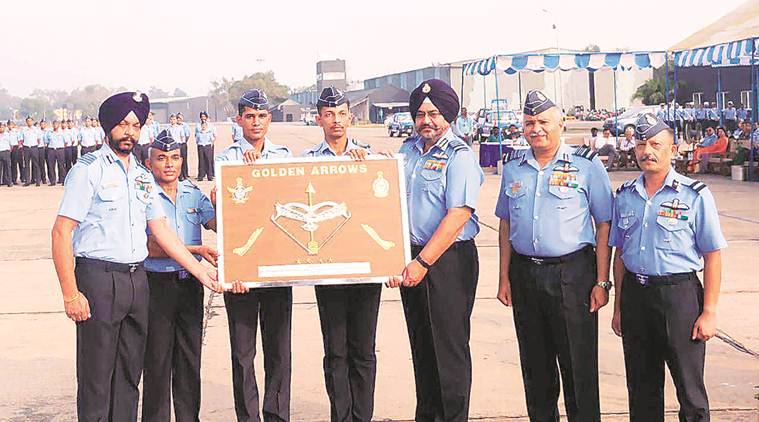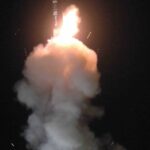
SOURCE: ENS
It was last year in September that Indian Air Force resurrected its No. 17 Squadron, also knows as Golden Arrows, which had been ‘number plated’ since 2016. In the aviation parlance of the IAF, the term ‘number plated’ means that the squadron had been retired from service. In case of Golden Arrows, the squadron was number plated after the MiG-21 aircraft that were part of its inventory were phased out.
The ‘Golden Arrows’ 17 Squadron was commanded by then Air Chief BS Dhanoa during the Kargil war in 1999. The squadron was disbanded after the IAF started gradual phasing out of Russian-origin MiG-21 jets.
The 17 Squadron was formed on October 1, 1951, under the command of Flight Lieutenant D L Springett and was then equipped with Harvard-II B aircraft. By November 1955, the squadron converted fully to De Havilland Vampire and by 1957, Hawker Hunter aircraft were flown by the ‘Golden Arrows’. The squadron converted to the MiG-21 M in 1975.
The squadron actively participated in Goa Liberation Campaign in December 1961 and in 1965 operations as a reserve force. Under the command of Wing Commander N Chatrath, 17 Squadron took part in the Indo-Pak war of 1971 and flew close air support, counter air and fighter recce missions, getting numerous gallantry awards.
On November 1988, the Squadron was presented ‘Colours’ by the then President R Venkataraman. Under the command of the then Wing Commander B S Dhanoa, Golden Arrows participated actively in Operation ‘Safed Sagar’ in Kargil conflict in 1999.
Squadron leader Ajay Ahuja, who was killed in the Kargil conflict and was posthumously awarded Vir Chakra, was also part of the Flying Arrows. The officer’s aircraft was hit by enemy’s shoulder-fired Surface-to-Air Missile (SAM) while he was trying to locate a downed pilot. Though Ahuja ejected safely, he was killed by the enemy in captivity.






